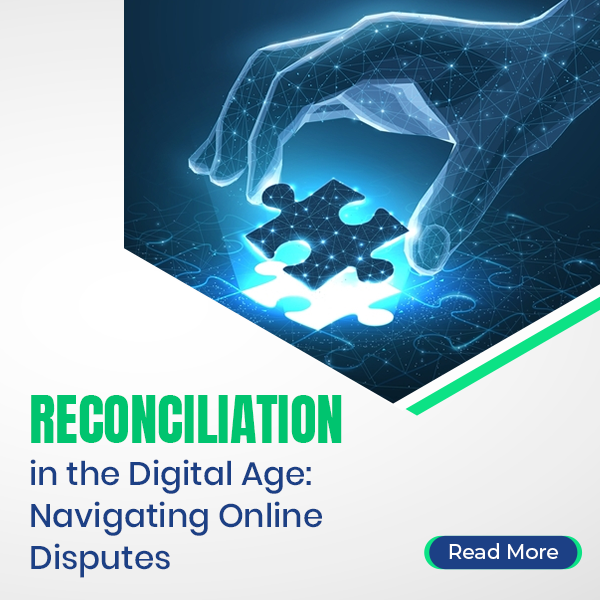-
Solutions

We would be delighted to learn more about your needs and explore potential ways in which we can assist you.
Let's TalkSolutions
Escrow Account Management
- Real Estate Escrow Management
- Commercial Escrow Management
- Owner Association Escrow Management
- Insurance Escrow Management
Financial Reconciliation Management
-
Products

You can experience the benefits of our product firsthand and discover how it can help your business succeed.
REQUEST A DEMO -
Customers

Ascent AutoEscrow Successfully Helped Leading Indian Bank Meet Its Ambitions.
READ MORE - Resources

BFSI Disrupted: The Importance of Operational Resilience For Financial Institutions.
READ MOREResources
Resources
-
About Us

We have a supportive and collaborative work environment where creativity and initiative are encouraged.
JOIN OUR TEAMAbout Us
- Request a Demo
AI powered Integrated GRC Platform
Solutions that empower enterprises to thrive by taking risk-aware decisions
Let's Talk






















 Faster implementation with high ROI.
Faster implementation with high ROI.































